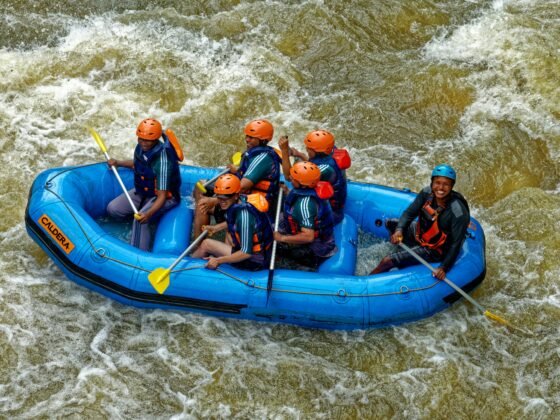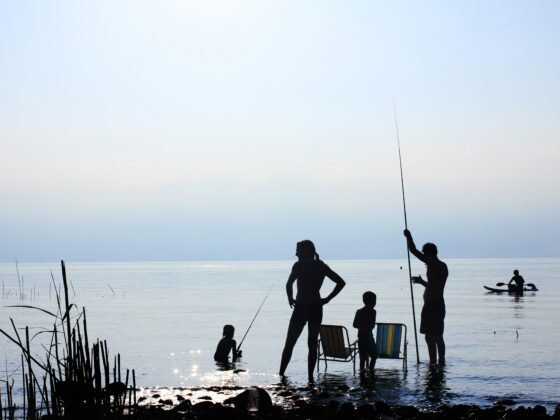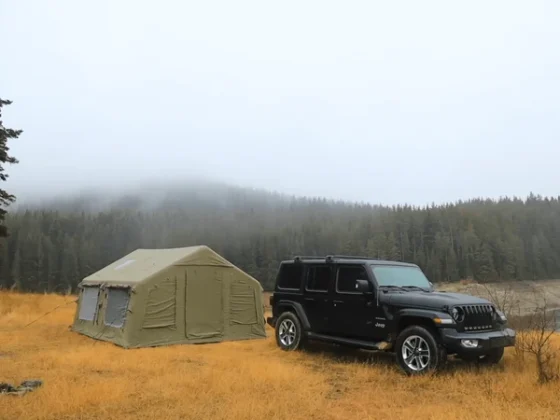Don’t want to fight with smokers when you’re on the road? Here’s how.
Traveling with someone who smokes can be tricky whether it’s a family vacation or a work trip. With 11.6% of U.S. adults currently smoking, you’ll likely encounter this situation. You don’t need an advanced degree in psychology to manage the situation. You do need to do a bit of research and have a plan in place. That’s what these strategies are for. They’ll walk you through everything you need to know for managing logistics and relationship dynamics with a smoker in your traveling group.
What you’ll discover:
- Airport Smoking Policies You Need to Know
- Hotel Room Strategies That Work
- Flight Planning for Mixed Groups
- International Travel Considerations
- Communication Tips That Prevent Conflicts
Airport Smoking: The New Reality
Did you know…
The overwhelming majority of U.S. airports are now 100% smoke-free. No indoor smoking terminals at all. This means your traveling smoker friends and relatives will have to plan strategic bathroom breaks for smoking during layovers.
EXCEPTIONS. The exceptions are fewer than you’d think. There are only 10 or so airports left in the United States that still have indoor smoking areas. Las Vegas airport has enclosed gaming lounges. Miami International has a smoking-permitted open-air atrium at TGI Friday’s. Nashville International has the Travelers Post Smoke Lounge. Most don’t allow food and drink so smokers will need to go through security again to access these areas.
TIP. Want to avoid the hassle of smokers re-checking their luggage and going through security twice? Account for extra time in the airport. Allow at least 45 minutes between arrival at the terminal and boarding time. This gives smokers a chance to have a cigarette break before security.
Flight Planning Made Simple
Flying with smokers is actually easy because it’s been smoke-free since 2000. Yea, that’s right. Domestic flights in the U.S. have been smoke-free for over 20 years. With proper planning, group travel with smokers can be as easy as trips with non-smokers.
Mixing smokers and non-smokers on long haul flights is a little more complicated. The challenge is timing flights and choosing routes that meet everyone’s needs. Group flights often work better in the morning. Mornings match with the natural circadian rhythm of most smokers.
Layovers are another opportunity to keep everyone happy on long flights. Anything over one hour between flights gives a smoker time to leave the secure area, have a cigarette, and get back through security. Shorter connections just skip the smoke break.
PRO TIP: Some smokers time their last cigarette right before airport security. This ensures the longest amount of time between cigarettes which helps them avoid cravings during flight.
Hotel Strategies That Actually Work
Hotel policies on smoking vary wildly from state to state.
Only eight states require all hotel rooms to be 100% smoke free. That means nearly the entire country has options for hotels that allow smoking rooms and other accommodations that are friendly to smokers.
What works? Book designated smoking rooms at hotels in advance. Most hotels that allow smoking have separate smoking rooms and supplies but they’re limited in supply and go quickly. Confirm with the hotel when making reservations.
Connecting rooms or rooms on the same floor are great for group travel mixing smokers and non-smokers. Keeps everyone close by but gives smokers their own designated room space as well.
Booking a mix of both smoking and non-smoking rooms works well for small groups with mixed smokers and non-smokers.
International Considerations
Traveling overseas with smokers? The rules get more complex.
Countries around the world have wildly different policies on tobacco smoking. Places like Bhutan and Sri Lanka have the strictest anti-smoking laws in the world.
Do your research before going to any foreign destination country. This is especially true for airports, hotels, restaurants and public spaces. International air travel works the same as domestic travel in that you can bring cigarettes on the plane but it is limited to under 200 cigarettes before you have to declare them with customs at the border.
Canadian full cigarettes are some of the top brands for premium-priced options that travelers can pack and bring along for long international trips where local smoking supplies might be hard to find.
Managing Group Dynamics
Here’s the secret most people forget…
Traveling successfully with a smoker isn’t just about the smoking logistics. It’s about setting expectations and maintaining open communication with everyone in the group.
Discussing policies and preferences before reserving flights and hotels prevents surprises and fights. Start with some questions around smoking areas and group preferences.
Simple agreements can cover: Designated group smoking times that work with the schedule of most smokers in the group, designated smoking areas that are respectful to non-smokers, backup plans in case designated smoking areas are not available, time buffers needed for airport smoking breaks.
The net result is that everyone knows what to expect and there are no awkward surprises.
Smart Packing Tips
Bringing tobacco products when traveling requires extra planning.
Smokers can travel with cigarettes in both carry-on bags and checked luggage. Smart packers tend to bring tobacco products in their carry-on bags though since this keeps them undamaged and available during layovers and other stops.
Pack cigarettes in original packaging if possible. Otherwise, wrap loose cigarettes in paper and secure with tape. Multiple packs may need to be bundled and taped together. Pack more than you think you’ll need in case there are delays or unexpected layovers.
Technology and Apps That Help
Traveling in the modern age has its advantages when traveling with smokers.
Several smartphone apps make it easy to find designated smoking areas in airports and countries all over the world. You can also find apps for learning local laws and even tobacco shop locations in advance.
The most helpful apps. Airport apps that have maps of designated smoking areas within the terminal. Saves time when navigating new airports.
Translation apps become important for any foreign country you travel to where you don’t know the language. It’s not fun to wander around lost and trying to ask “Where can I smoke?” in another language.
Emergency Planning
Ok, now what happens when everything goes to heck?
Flight delays and long airport layovers can be a huge inconvenience for smokers. Without a backup plan, you’re creating unnecessary group stress.
Emergency plan tips include. Research ground transportation options at the destination airport. In some cases, a taxi ride to a nearby hotel can provide relief during long layovers.
Pack nicotine replacement products in your carry-on bag. Nicotine gum, patches or lozenges can help smokers manage cravings when actual smoking isn’t possible.
Wrapping Up Your Smoke-Free Strategy
Traveling with smokers can be smooth if you plan for it.
Here’s the basics from the article above: Research shows that most U.S. airports are completely smoke-free, so outdoor smoking areas are now the norm. The single exception is when hotels are within walking distance from the airport and their smoking rooms.
The challenges of traveling with smokers comes down to proper planning and communication. You can do both with some advanced research and the right tools.
Airport and hotel policies on smoking are easy to research online. Remember these three takeaways: allow extra time for smoking breaks at the airport, reserve smoking hotel rooms ahead of time, and be clear in advance about group communication and norms.
International travel introduces some new complications but that’s why doing your research ahead of time is so important. Make sure you know the smoking policies in your foreign destination country and account for layovers.
Enjoy your smoke-free trip!
Ready to start planning your next group vacation with smokers in tow? Don’t sweat it! With the right preparation and mindset, traveling with smokers can be just as stress-free and rewarding as any other trip. The most important tip of all? Just get out there and go on a trip.
Image: Thong Vo, Unsplash












